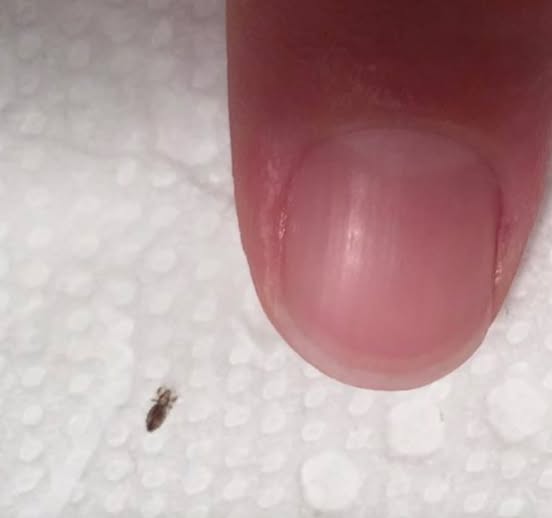If you find this bug in your hair. How to get rid of them and stop them coming back

Head lice are every parent’s dreaded visitor—tiny, relentless bugs that turn a peaceful household into an itchy battlefield.
These pests often show up when school is in session, spreading fast through close contact or shared personal items. If you’ve dealt with lice before, you know it’s a time-consuming process filled with combing, treatments, and lots of patience.
Lice are small, wingless insects that live on the scalp and feed on blood. They lay sticky eggs (nits) near the scalp, making them hard to remove. While lice don’t spread disease, their presence causes intense itching and discomfort. They can also survive off the scalp for up to 48 hours, making thorough cleaning essential.
To get rid of lice, start with a medicated shampoo or lotion specifically made for lice treatment. Follow the product instructions carefully, ensuring proper application and timing. This step kills live lice but often leaves behind nits, which must be removed manually.
Use a fine-toothed nit comb on wet hair to comb out nits and dead lice. Work in small sections and wipe the comb after each pass. This step is crucial to prevent reinfestation. Most treatments need to be repeated after 7–10 days to catch any newly hatched lice before they lay more eggs.
Cleaning your home is equally important. Wash clothing, bedding, and accessories worn in the past two days in hot water. Items that can’t be washed should be sealed in plastic bags for two weeks. Vacuum areas where the infected person sat or lay down to remove stray lice.
At 93 years old, Angie Dickinson is left alone in her Beverly Hills home – more inside her life right now
To prevent future outbreaks, teach kids not to share personal items like combs or hats. Regularly check their scalp, especially during school months, and keep long hair tied back. If lice persist or cause infection, consult a doctor for prescription treatment. With consistency, lice can be conquered.
Home Remedies for Head Lice: What Works?
When dealing with lice, you should keep a number of things in mind. Sometimes it may be enough to comb out the nits, nymphs, and adult lice. Other times you may need to turn to some over-the-counter treatments.
While lice can spread, they don’t carry disease, and they don’t mean that you or your kids are in any way “unclean.”
If your child just got back from an overnight stay with friends and the parent in charge told you that one of the kids has lice, there is no need to panic. Chances are good that you’ve caught the problem early enough. You can just comb out your child’s hair every morning and evening for three weeks.
You can also combine the combing with some easy home treatments. Nearly all home remedies rely on some method to suffocate the lice. Using home remedies that work is probably preferable to putting harsh chemicals on your child’s head.
Read on to find out what home remedies to try and what to avoid.
Try wet-combing
Wet-combing is a traditional way of removing lice from the hair. According to the British Medical JournalTrusted Source, the method has benefits such as making the lice more visible, distinguishing them from dandruff, and being affordable.
Wet-combing involves spraying conditioner on wet strands of hair, using a fine-toothed comb, and, in some cases, a magnifying glass to clearly examine each strand of hair and remove the individual lice.
Although the wet-combing method can be effective, it’s also time-consuming and requires some patience to complete. If you try it, allow ample time and consider some entertainment options beforehand for your child.
